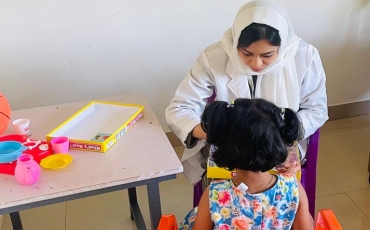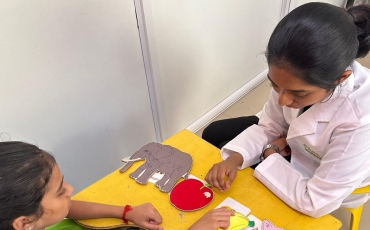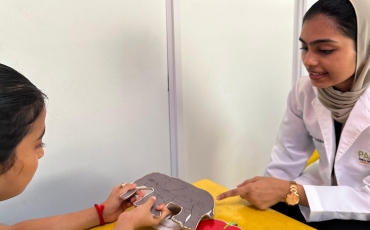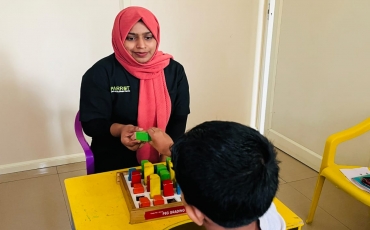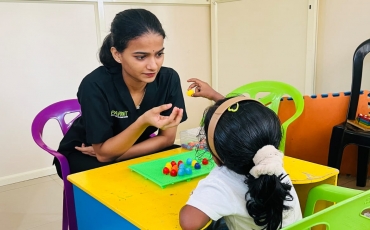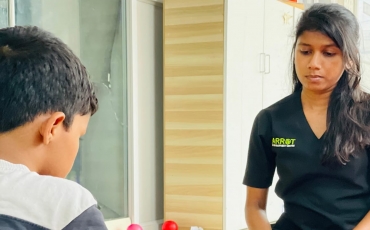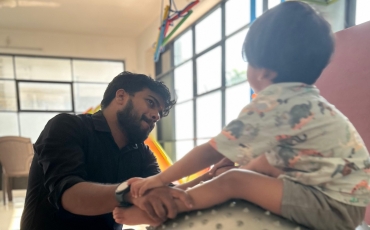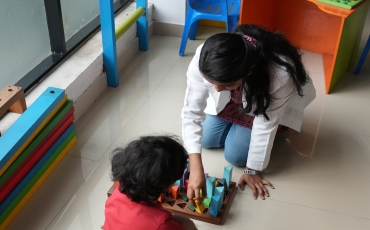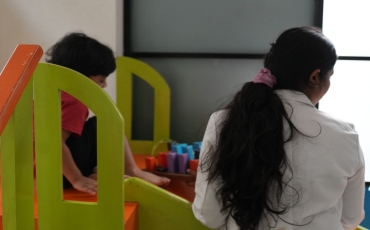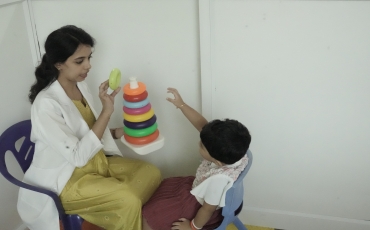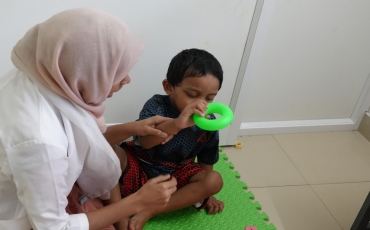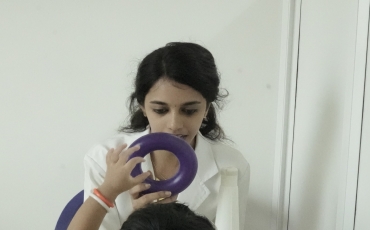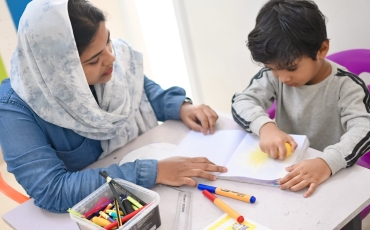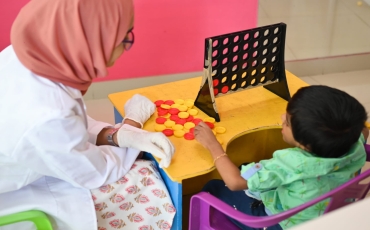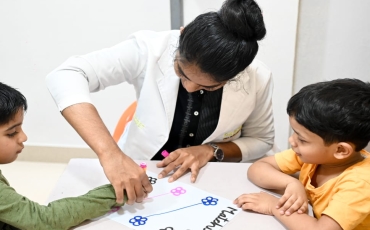Sensory Integration Intervention
The theory of sensory integration, together with the treatment approach derived from that theory, grew from the work of Jean Ayres. Ayres developed her theory in an effort to explain behaviors observed in children with learning difficulties based on neural functioning. Specifically, she hypothesized that some children with learning difficulties experience problems in “organizing sensory information for use. She named this neural process sensory integration. Scholars in sensory integration have further described sensory integration processes and categorized sensory integration disorders. Miller and colleagues proposed three patterns of sensory processing disorder, described in the figure.
UK perfect Swiss made aaa replica watches uk online with practical functions for female and male watch wearers.
Do not miss cheap Panerai Replica Watches canada online with best quality on the reliable website!
Sensory Modulation Disorder:
Child has difficulty responding to sensory input with behavior that is graded relative to
the degree, nature, or intensity of the sensory information. Emotional and attentional
responses to sensory input do not match typical adaptive responses.
Sensory Discrimination Disorder:
Child has difficulty interpreting qualities of sensory stimuli and similarities and differences
among stimuli. Emphasis is on discrimination of tactile, proprioceptive, and vestibular
systems. Relates to the development of body scheme.
Sensory Based Motor Disorder:
Child has poor postural stability, with poor balance and hypotonic muscle tone. Child
with dyspraxia has impaired motor planning (i.e., has impaired ability to conceive of,
plan, sequence, and execute novel actions).
Core Elements Of Sensory Integration Intervention:
* Provide sensory opportunities
* Provide “just right” challenges
* Collaborate on activity choice and
guide self-organization
* Support optimal arousal and arrange
room to engage child
* Create play context
* Maximize child’s success
* Ensure physical safety
* Foster therapeutic alliance
How OTs Work With SI?
The therapist provides opportunities for the child to experience intense sensory experiences, including tactile, vestibular, and/or proprioceptive input, generally in combination. The child selects activities and is encouraged to initiate activities.The therapist creates a play context, building on the child’s intrinsic motivation using activities that the child enjoys. The therapist conveys positive regard toward the child and makes efforts to build the child’s trust.


